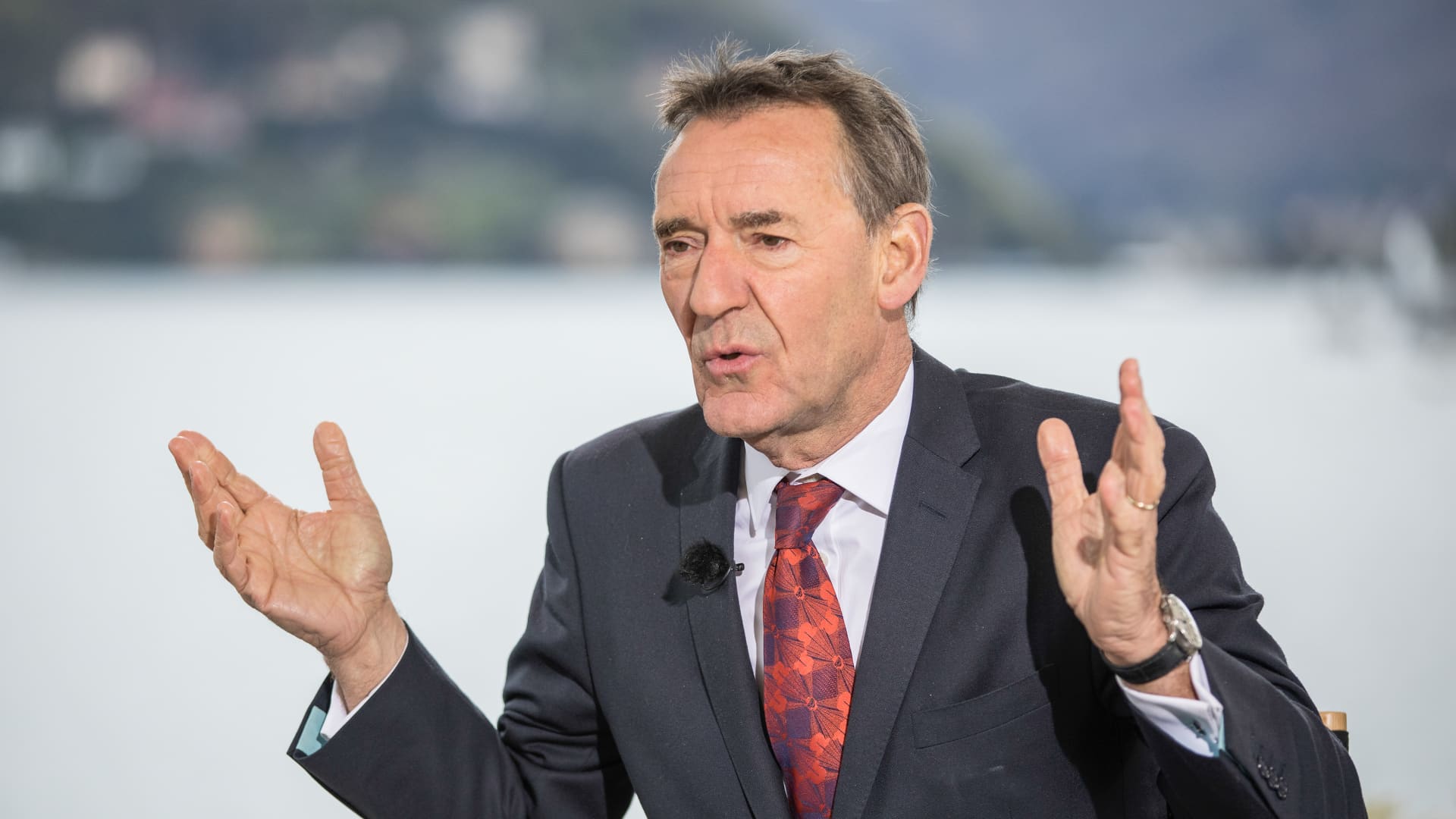Veteran economist Jim O’Neill says central banks will need to keep interest rates up around 5% across major economies for longer than the market expects, even as inflation subsides.
The U.S. Federal Reserve is broadly expected to raise interest rates by another 25 basis points at its next policy meeting in September, but market pricing suggests that the central bank will begin cutting in 2024, according to the CME Group’s FedWatch tool.
Traders will be closely watching the U.S. consumer price index reading later for July on Thursday for indications on the Fed’s future rate trajectory.
Economists expect the Thursday headline CPI to come in at 0.2% month-on-month and 3.3% annually, according to a Dow Jones consensus estimate. While this marks a modest increase from June as a result of higher gas prices, it is well below the four-decade high of an annual 8.5% notched a year go.
Core inflation, which excludes volatile food and energy, has remained sticky and is expected to come in at 4.8% year-on-year in July. The core reading has also remained consistently well above target in the euro zone and the U.K., prompting central bankers to reiterate their commitments to keeping rates high for as long as necessary to bring inflation towards their 2% targets.
Policymakers have largely pushed back on rate cut expectations, and O’Neill, senior adviser at Chatham House and former chair of Goldman Sachs Asset Management, agreed that decreases were likely a long way off.
“I have to say in order to deal with the challenge of core inflation coming down and with it the whole overhang of all the stimulus that’s accumulated over the past decade plus, I think that’s right,” he told CNBC’s “Squawk Box Europe.”
“I don’t quite get this view that rates have to automatically start coming back down again in order to have a permanently more balanced world, in my view, economically. We should be keeping rates around the 5% area in most of the developed world, because they should have some sort of positive relation to the level of inflation if we want it to be permanently stable.”
O’Neill also suggested the U.S. is “in a decent position to avoid a recession,” noting that inflation expectations have remained fairly stable.
“Given that some of the forces that the Fed has been fighting are starting to fade, I think it’s reasonable that certainly this mood and this response of markets is perhaps going to continue for a bit longer,” he said.
“I do think the trend on inflation is improving. In fact, I think the next twist is probably going to be more good news for Europe rather than the U.S. because we’ve had a lot in the U.S. recently and it’s just sort of started in Europe.”
